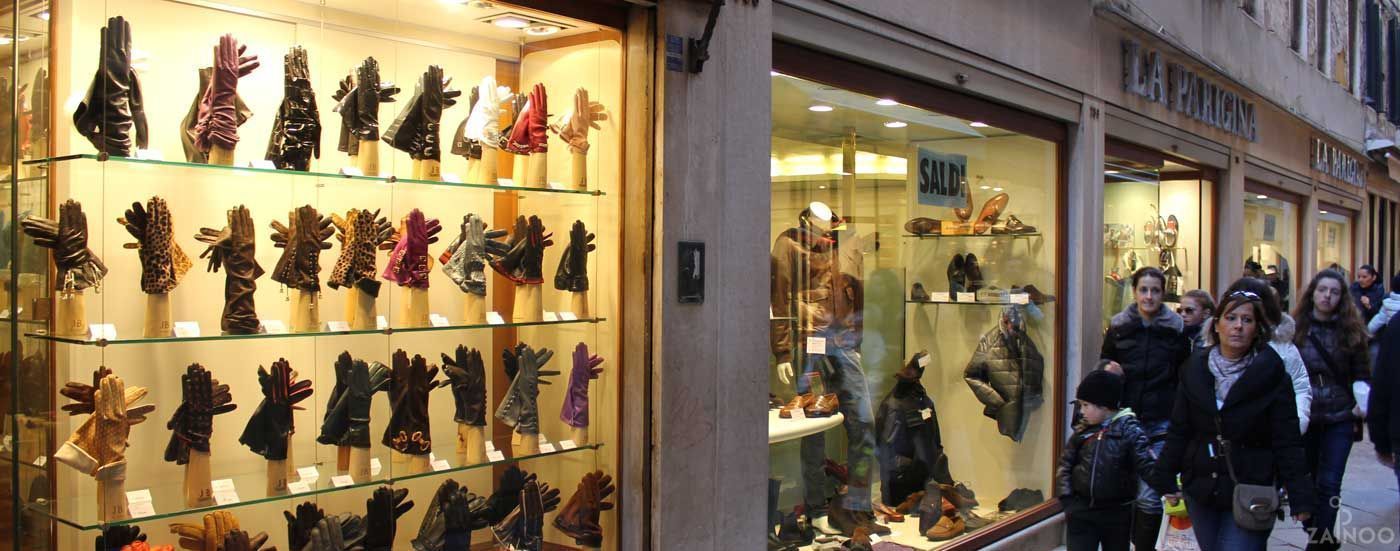Economy and politics in Venice
Structure and income of the lagoon city
Together with its islands and mainland possessions, Venice has about 270.000 inhabitants. However, only about 60.000 of them live in the historic centre. 60 years ago there were three times as many. Although the city government does a lot for the preservation of Venice, the number of Venetians in Venice continues to go down. Venice is threatened with the fate of becoming a mere museum city. Economically, tourism is the main source of income for the city. 14 million visitors come to the city every year, making it the largest tourist destination in Italy after Rome. Besides tourism, heavy industry around Mestre is another major source of income.
Venice and its inhabitants
About 270.000 people live in the municipality of Venice. Contrary to expectation, most of them do not live in Venice itself but on the mainland in and around Mestre. 30.000 people are spread over the surrounding islands. Some 60.000 Venetians live in lagoon city itself. That’s almost 120.000 residents fewer than in 1950. The significantly better working and living conditions on the mainland have led to a veritable mass exodus in the last 60 years. Young people in particular tend to move out of the lagoon city. The number of Venetians in Venice becomes less from year to year and the city is increasingly dominated by hotels, restaurants, shops and, of course, tourists. The lagoon city is threatened by the fate of becoming a mere museum city with no real life.
Politically and structurally Venice is divided into six districts (San Marco, Castello, San Polo, Cannaregio, Santa Croce and Dorsoduro) and is governed, like all Italian cities, by a mayor and a magistrate. Venice is still the economic and cultural centre of the province of the same name.
The economic pillar of Venice
It is no surprise that tourism is the economic pillar of Venice. 14 million visitors come to the lagoon city of Venice each year, making it the most visited city in Italy after Rome. Nevertheless, only about 4 million visitors stay overnight in the city. Some 10 million are day visitors who often don’t spend a whole lot of money in the city and who merely visit the Piazza San Marco and its Basilica. Boosted by tourism, the arts and crafts flourish in Venice, Burano, Murano and the surrounding islands. Souvenirs are willingly bought and are available at all levels of price and quality.
In addition to tourism, heavy industry dominates Venice. The largest chemical centre, the largest thermal power plants and the largest oil depot in all of Italy are situated on the mainland in Marghera. They offer many jobs to the Venetian population and represent a major economic factor in the province.


Tweet